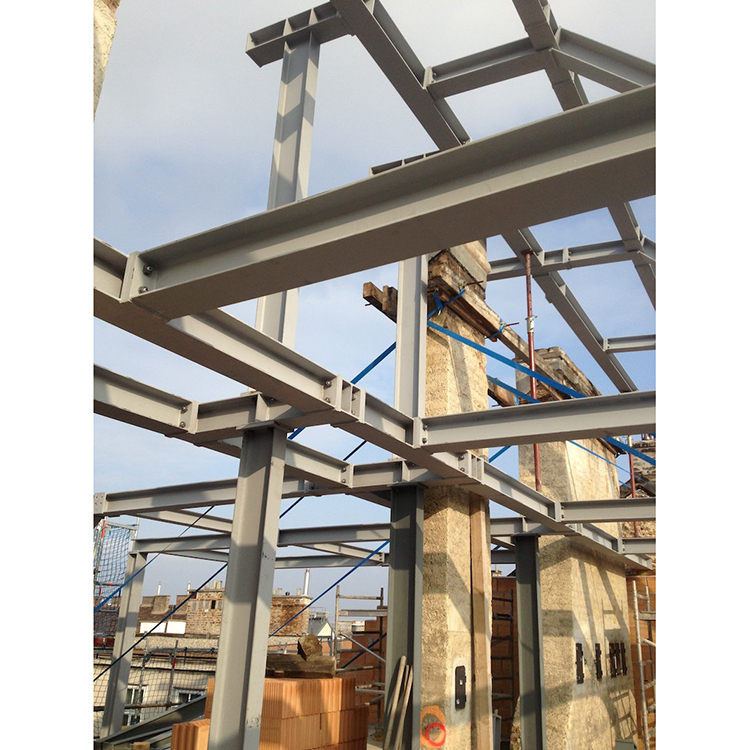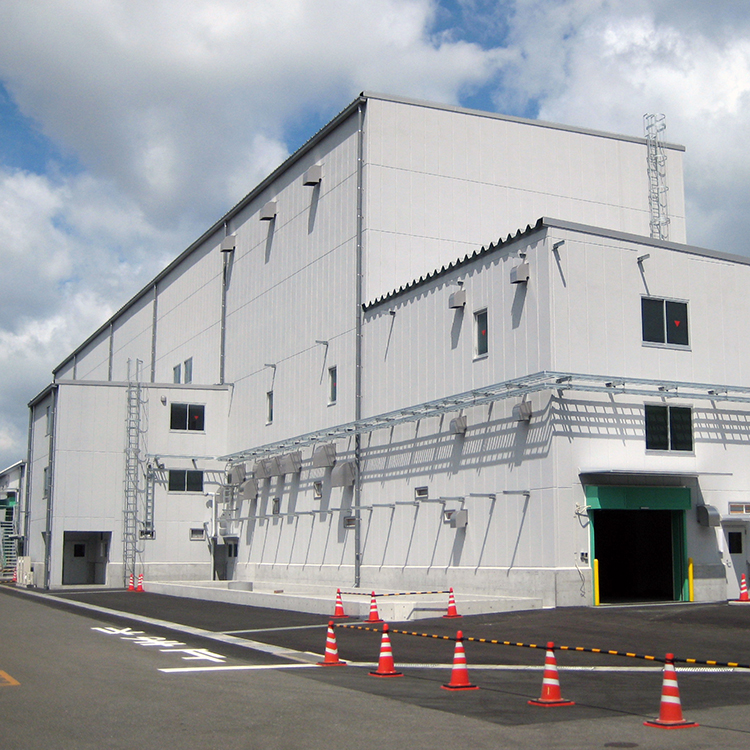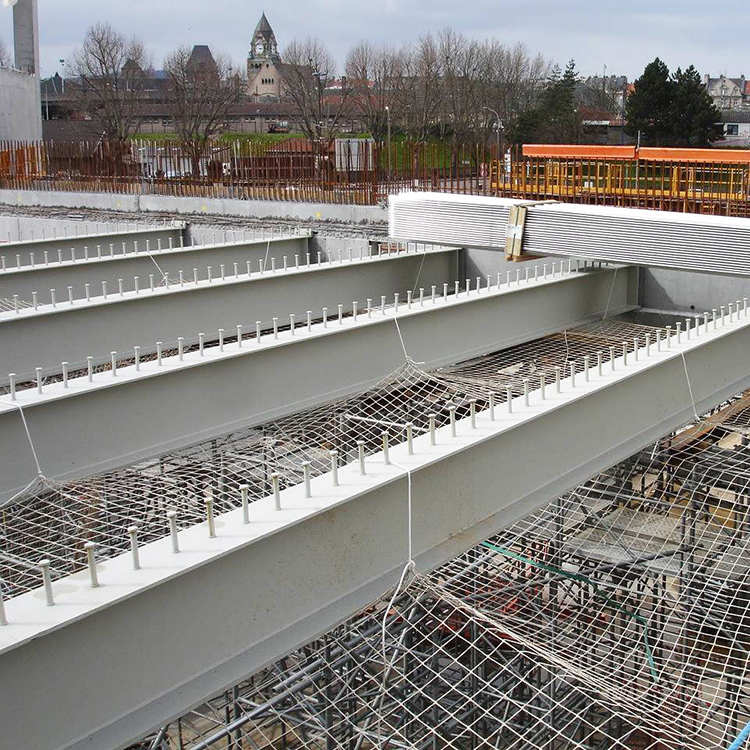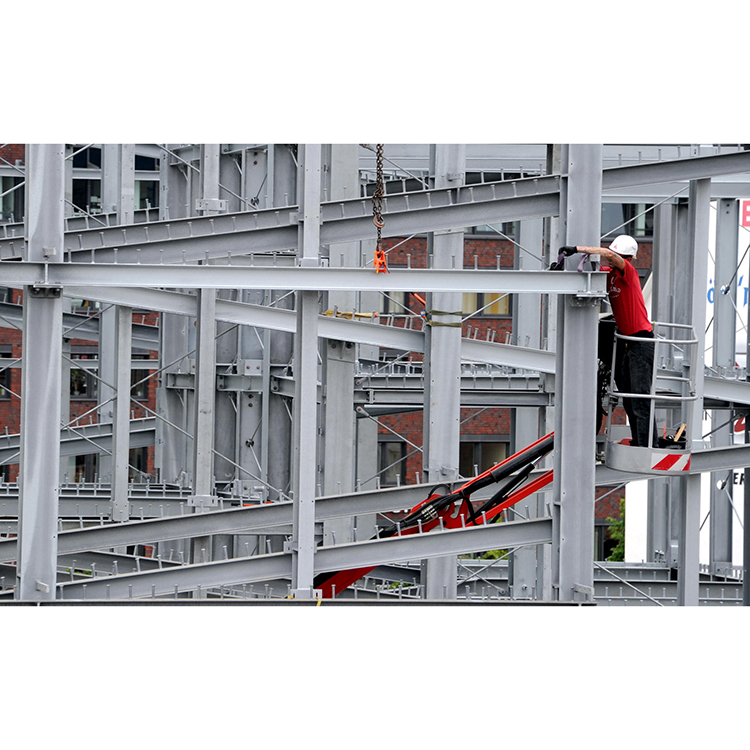Nowadays, steel structure architecture is loved by many friends because of its many advantages. What are the advantages of steel structure system?What are the characteristics?Many friends don’t understand this, but today we will gives you some important knowledge points about steel structure, hoping to help you.
1.The steel structure system has the comprehensive advantages of light weight, easy installation, short construction period, good seismic performance, fast investment recovery, less environmental pollution, good plasticity and toughness, and good impact resistance.
2.The types of steel for steel structure building materials are: according to the different thickness, divided into thin plate (thickness of steel sheet < 4 mm), medium plate (thickness of 4-20 mm) and thick plate (thickness of 20-60 mm) more than 60 as extra thick.Steel strip is included in steel plate.
3.What is the difference between ordinary bolt and high strength bolt for steel structure building materials?
Ordinary bolts are generally made of ordinary carbon structural steel without heat treatment. High-strength bolts are generally made of high-quality carbon structural steel or alloy structural steel, which need to be tempered to improve the comprehensive mechanical properties.High strength is divided into 8.8, 10.9 and 12.9 grades.
From strength grade: high strength bolts are commonly used in 8.8s and 10.9s strength grades.Ordinary bolts generally have 4.4 grade, 4.8 grade, 5.6 grade and 8.8 grade.
According to the stress characteristics, high-strength bolts exert pretension and transmit external force by friction, while common bolts transmit shear force by bolt bar shear resistance and hole wall pressure
.According to the mechanical characteristics, it can be divided into friction type and pressure type
Friction type high-strength bolt transfers external force according to the friction between the connected parts. When the shear force is equal to the friction force, it is the design ultimate load of friction type high-strength bolt connection.At this time, the members of the joint group will not slide relative to each other, the bolt rod will not be sheared, and the bolt hole wall will not bear pressure.
Similar to the ordinary bolts, the bearing high strength bolts can exceed the friction force. The relative slippage between the connecting members will occur. The bolt rod will contact the hole wall. The connection will be simultaneous interpreting force and force by the friction force and the shear force of the bolt.
The deformation of bearing type high strength bolt is large, so it is not suitable for the connection of structure directly bearing dynamic load.
4.Types of electrodes for steel structure building
There are more than ten kinds: carbon steel electrode, low alloy steel electrode, molybdenum and chromium molybdenum heat-resistant steel electrode, low temperature steel electrode, stainless steel electrode, surfacing electrode, cast iron electrode, nickel and nickel alloy electrode, copper and copper alloy electrode, aluminum and aluminum alloy electrode and special purpose electrode.
5.Weld for steel structure building defects:
(1) Incomplete penetration: partial incomplete fusion left by incomplete fusion of the blunt edges in the middle (x groove) or root (V, U groove) of the parent steel joint.Incomplete penetration reduces the mechanical strength of the welded joint, forms stress concentration point in the gap and end of incomplete penetration, and easily leads to cracking when the weldment bears load.
(2) Incomplete fusion: incomplete fusion and combination of solid steel and filler steel (between weld bead and base steel ), or partial incomplete fusion and combination of filler steel (between weld beads or welding layers in multi pass welding), or incomplete fusion and combination of base steel and base steel in spot welding (resistance welding), sometimes accompanied by slag inclusion.
(3) Air hole: in the process of fusion welding, the air inside the weld steel or the gas intruded by the outside will get and overflow in the future before the molten pool steel cools and solidifies, and the air hole or pore remaining in the weld steel or formed on the surface can be divided into single air hole, chain air hole, dense air hole (including honeycomb air hole), etc. according to its shape, especially in the arc welding, due to the steel lurgical process.The line time is very short, the molten pool steel solidifies quickly, the gas produced in the steel lurgical process, the gas absorbed by the liquid steel , or the welding flux of the electrode is damped and decomposes at high temperature to produce gas, even if the humidity in the welding environment is too high, the gas will decompose at high temperature and so on, these gases will form porosity defects before they are precipitated.Although the stress concentration trend of porosity is not so large compared with other defects, it destroys the compactness of weld steel and reduces the effective cross-sectional area of weld steel , resulting in the decrease of weld strength
Post time: Jun-01-2020




